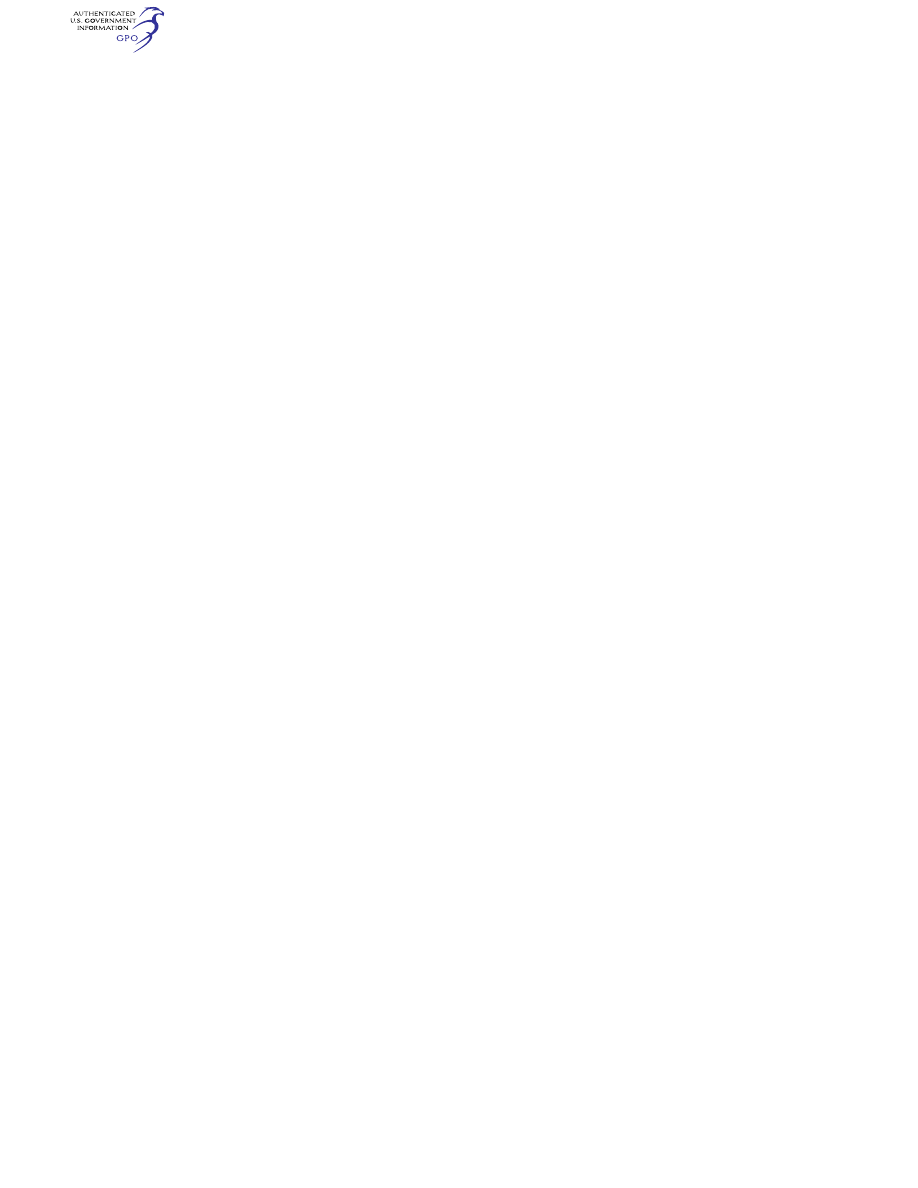
307
Federal Aviation Administration, DOT
§ 25.859
to give warning at the pilot or flight
engineer station;
(2) There are means to extinguish or
control a fire without requiring a crew-
member to enter the compartment; and
(3) There are means to exclude haz-
ardous quantities of smoke, flames, or
extinguishing agent from any compart-
ment occupied by the crew or pas-
sengers.
[Doc. No. 5066, 29 FR 18291, Dec. 24, 1964, as
amended by Amdt. 25–32, 37 FR 3972, Feb. 24,
1972; Amdt. 25–60, 51 FR 18243, May 16, 1986;
Amdt. 25–93, 63 FR 8048, Feb. 17, 1998; Doc.
No. Docket FAA–2014–0001, Amdt. 25–142, 81
FR 7704, Feb. 16, 2016]
§ 25.858
Cargo or baggage compart-
ment smoke or fire detection sys-
tems.
If certification with cargo or baggage
compartment smoke or fire detection
provisions is requested, the following
must be met for each cargo or baggage
compartment with those provisions:
(a) The detection system must pro-
vide a visual indication to the flight
crew within one minute after the start
of a fire.
(b) The system must be capable of de-
tecting a fire at a temperature signifi-
cantly below that at which the struc-
tural integrity of the airplane is sub-
stantially decreased.
(c) There must be means to allow the
crew to check in flight, the functioning
of each fire detector circuit.
(d) The effectiveness of the detection
system must be shown for all approved
operating configurations and condi-
tions.
[Amdt. 25–54, 45 FR 60173, Sept. 11, 1980, as
amended by Amdt. 25–93, 63 FR 8048, Feb. 17,
1998]
§ 25.859
Combustion heater fire pro-
tection.
(a)
Combustion heater fire zones. The
following combustion heater fire zones
must be protected from fire in accord-
ance with the applicable provisions of
§§ 25.1181 through 25.1191 and §§ 25.1195
through 25.1203;
(1) The region surrounding the heat-
er, if this region contains any flam-
mable fluid system components (ex-
cluding the heater fuel system), that
could—
(i) Be damaged by heater malfunc-
tioning; or
(ii) Allow flammable fluids or vapors
to reach the heater in case of leakage.
(2) The region surrounding the heat-
er, if the heater fuel system has fit-
tings that, if they leaked, would allow
fuel or vapors to enter this region.
(3) The part of the ventilating air
passage that surrounds the combustion
chamber. However, no fire extinguish-
ment is required in cabin ventilating
air passages.
(b)
Ventilating air ducts. Each ven-
tilating air duct passing through any
fire zone must be fireproof. In addi-
tion—
(1) Unless isolation is provided by
fireproof valves or by equally effective
means, the ventilating air duct down-
stream of each heater must be fireproof
for a distance great enough to ensure
that any fire originating in the heater
can be contained in the duct; and
(2) Each part of any ventilating duct
passing through any region having a
flammable fluid system must be con-
structed or isolated from that system
so that the malfunctioning of any com-
ponent of that system cannot intro-
duce flammable fluids or vapors into
the ventilating airstream.
(c)
Combustion air ducts. Each com-
bustion air duct must be fireproof for a
distance great enough to prevent dam-
age from backfiring or reverse flame
propagation. In addition—
(1) No combustion air duct may have
a common opening with the ventilating
airstream unless flames from backfires
or reverse burning cannot enter the
ventilating airstream under any oper-
ating condition, including reverse flow
or malfunctioning of the heater or its
associated components; and
(2) No combustion air duct may re-
strict the prompt relief of any backfire
that, if so restricted, could cause heat-
er failure.
(d)
Heater controls; general. Provision
must be made to prevent the hazardous
accumulation of water or ice on or in
any heater control component, control
system tubing, or safety control.
(e)
Heater safety controls. For each
combustion heater there must be the
following safety control means:
VerDate Sep<11>2014
09:06 Jun 28, 2024
Jkt 262046
PO 00000
Frm 00317
Fmt 8010
Sfmt 8010
Y:\SGML\262046.XXX
262046
jspears on DSK121TN23PROD with CFR
